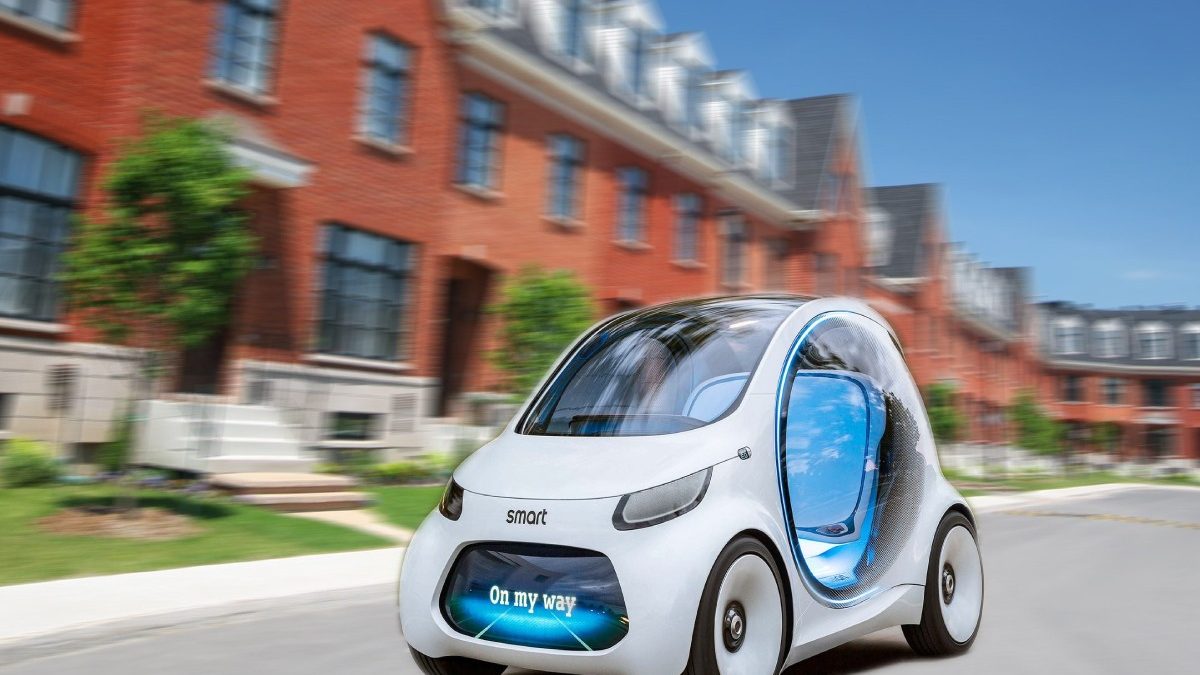Table of Contents
Self Driving Cars
Self driving cars are no lengthier a thing of the future. Nevertheless, the news about multi-million dollar investments in research and development of these systems.
Partnerships among concerns to test their technologies, or the first tests carried out on open stretches with real traffic is increasingly common.
However, the electric car raises unknowns. When will fully autonomous vehicles arrive? How will they affect mobility? Will services be created from this technology?
Hundreds of problems surround the independent car phenomenon today. But, it’s everything you need to know about autonomous vehicles.
5 levels of Self Driving Cars
Many brands promote their safety systems by saying that their vehicles have level 2 autonomy. But, then what is this level 2?
- The American Society of Automotive Engineers (SAE) bent a scale of five degrees of independence that has been extended around the world to classify the technology that each car has.
- This intelligence starts at level 0, which designates cars without driving assistance, and goes up to level 4.
- At level 1, vehicles comprise automatic emergency braking or lane departure warning, but can it be considered an autonomous car in no case.
- At level 2, cameras and sensors can keep the car in lane and accurately calculate distances, although drivers should always keep their hands on the wheel. Unlike Nissan’s ProPilot or Tesla’s Autopilot, Schemes can be considered Tier 2.
- Level 3 includes autonomous overtaking, intermittent driving, and lane change. In this stage, the driver can let go of the steering wheel in traffic jams and gives off the road at a speed of fewer than 60 kilometers per hour.
- Once again, but the driver’s attention is requiring. Lastly, level 4 is that of total autonomy. Here the driver can sleep with the car running.
Investments in infrastructure
- Here Ford, General Motors, Uber, Apple, Google, Lyft, and a long list of companies spend a lot of money developing autonomous driving technology.
- It is almost like a race, where the first to arrive takes the best part. Then not only large companies are working to achieve autonomous driving, projects such as Inframix, carried out by 11 European companies and institutions.
- Pursue to develop the necessary infrastructure for autonomous cars, focusing on communication between vehicles and the road thanks to 5G communication to make traffic safer.
What about insurance?
- According to the DGT, 90% of accidents cause human error, so autonomous cars could radically reduce accidents on the roads, so the cover will have to be reinventing.
- Success, insurance comparison, and new liability parameterization must recognize that travelers, technology, and the car brand will be involving.
Will I need a driver’s license?
- Pleasing into account the legislation of each country, this question may have variable answers. For example, a distinction will be making between non-automating.
- Highly automated and fully automated cars in the UK. The documentation needed to drive one or travel in another will vary depending on the type of vehicle.
Will all cars be autonomous?
- In the very unfriendly future, it can be assuming that it is. But, until then, estimates hold that, among 2030 and 2040, the market share of autonomous vehicles will be about 25% of the total.
- So that three-quarters of the world’s fleet will continue to be driving by humans.
Will they solve mobility problems?
- Autonomous vehicles will have sufficient technology to review traffic in real-time and choose the most appropriate routes to reach the destination according to time and conditions.
- Likewise, by avoiding unnecessary braking and respecting measures such as the safety distance.
- Which actively participates in traffic jams, the autonomous vehicle will make traffic move more efficiently. Especially in large cities, notably improving mobility.
Also Read: Smart Speakers – 3 Smart Speakers to Buy, and More

